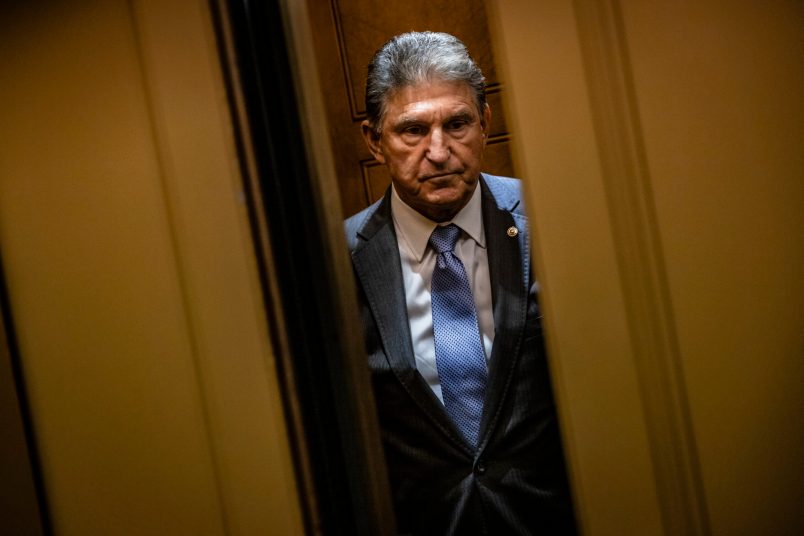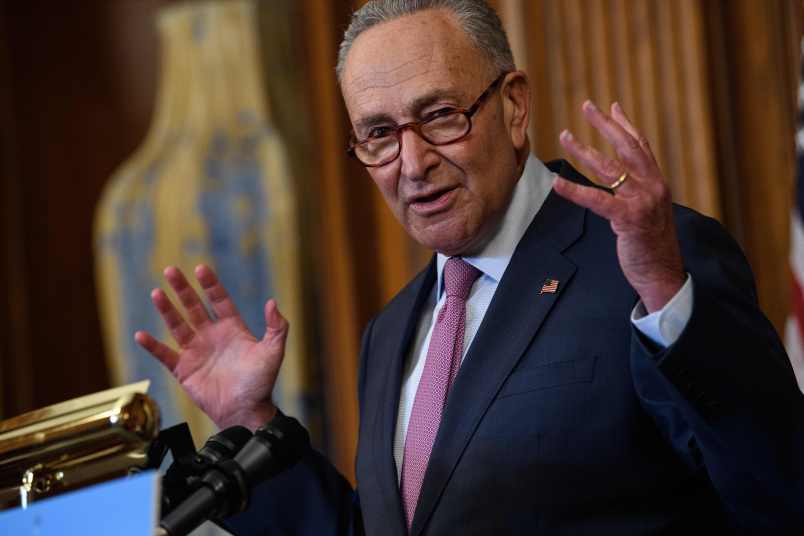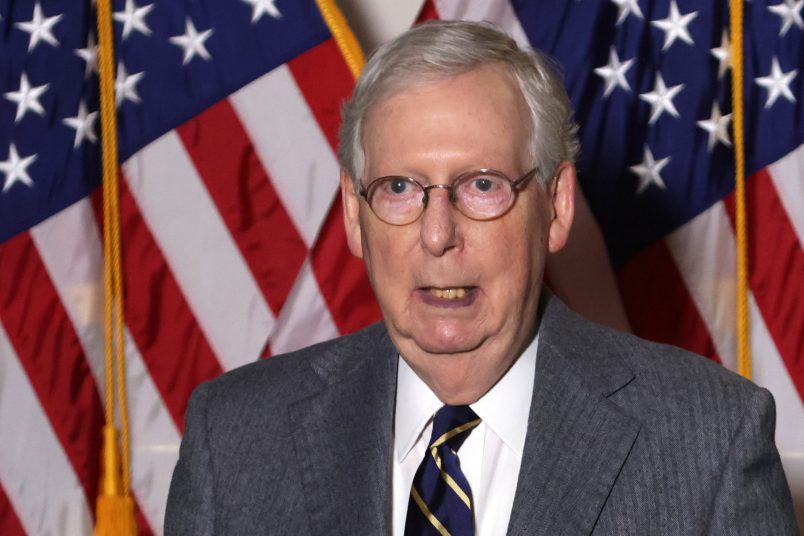Conservative foes of the Affordable Care Act want the federal courts to smother the new health care law in its crib. They’ve argued that Democrats failed to erect the proper safeguards to protect the legislation from being stricken down entirely by the courts. And when a Virginia district court judge rules in the coming days on the Constitutionality of the law’s insurance mandate, he’ll also have to decide whether none, some, or all of the law must go with it.
The obscure term of art here is “severability”.
Quite often, legislators include what’s known as a “severability clause” in their bills. These are meant to protect the bulk of a law in the event that a small portion of it is determined to be unconstitutional. That small portion must go, or be changed, but pretty much everything else is allowed to stand.
In a sin of omission, Democrats left such a clause out of the health care law, and now the plaintiffs in at least one of the cases against it want the court to take an axe to the whole thing if the judge decides that the individual mandate provision is unconstitutional.
The good news for supporters of the ACA, according to one leading expert on the reform plan and the suits against it, is that — even under the worst case scenario — most of the law will likely remain intact. The bad news is that some of its most important and popular provisions could become ensnared by a ruling against the mandate, and nixed by the court.
“If there were a severability clause, it would mean that the court could strike down a particular provision of the law, and the rest of the law would remain in place,” says Timothy Jost of Washington and Lee University. “[However] since there is no severability clause, it does not necessarily mean that if the court strikes down a particular provision the rest of the law collapses…. the normal rule is that partial invalidation is the required course.”
If Virginia district court judge Henry Hudson rules that Congress had no business compelling people to buy insurance, then he’ll also have to determine which of the law’s other provisions must also be stripped. That could easily include popular measures like the one banning discrimination against people with pre-existing medical conditions.
The court would additionally have to determine which provisions are too intertwined to be decoupled: i.e., which parts of the law Congress believed required the individual mandate.
“The Justice Department is in an awkward situation because the primary argument for the minimum coverage article being constitutional, is that the rest of it — particularly underwriting and pre-existing condition discrimination — will be difficult if people cannot buy insurance,” Jost said.
Such a ruling could be appealed, of course. But if upheld by the Supreme Court, it would fundamentally weaken the law and, presumably, harm its popularity.
Jost says recent precedent makes it exceptionally unlikely that any of the lower courts will attempt to strike the entire law. In an opinion written this year, Chief Justice John Roberts struck one provision of the Sarbanes-Oxley bill, which lacks a severability clause. “We agree with the Government that the unconstiÂtutional tenure provisions are severable from the remainÂder of the statute,” he wrote.
(Sarbanes-Oxley enhanced corporate accountability and disclosure requirements in the wake of Enron and other scandals.)
“The Supreme Court is more political than a lot of us law professors would like to acknowledge, but it’s inconceivable to me that they would change the law with respect to severability,” Jost said.










